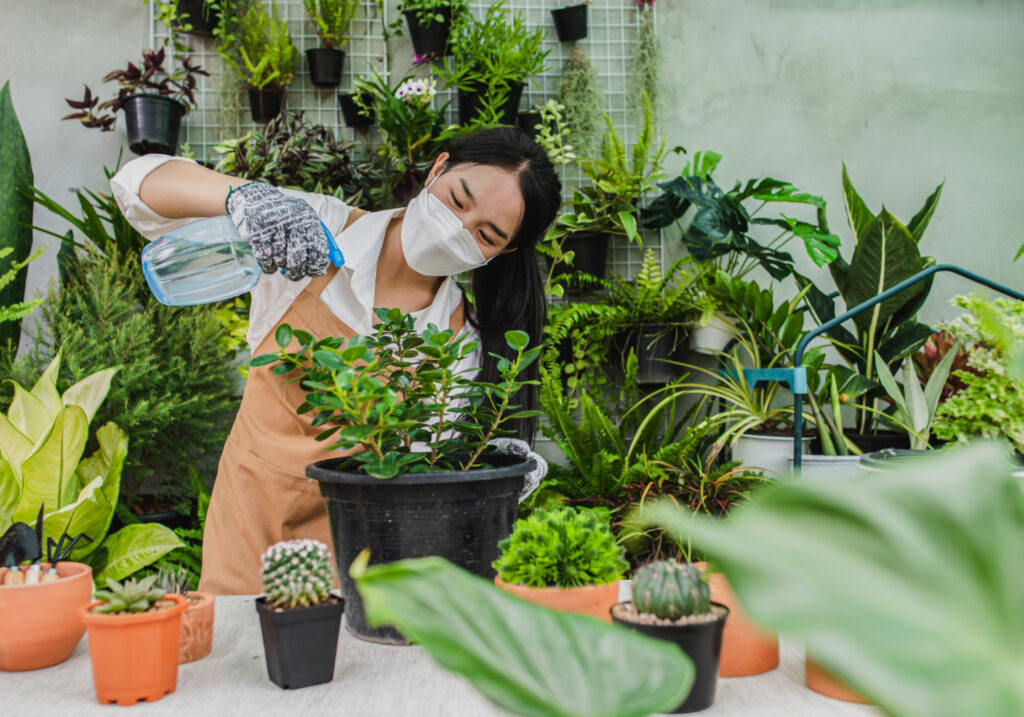Introduction: Sowing the Seeds of Success
The best location for your backyard is comparable to laying the groundwork for a beautiful garden. You may dream of dazzling flowers, lush vegetable gardens, or peaceful herb gardens, choosing the ideal spot is essential for the health of your plants and performance. In this article, we’ll go over the art of selecting the ideal spot for your garden and ensure that your gardening efforts are successful right from the start.

1. Evaluation of Sunlight Exposure
The sun’s rays are the lifeblood of every garden, generating photosynthesis and encouraging healthy growth. Before digging, look over your backyard or balcony throughout the day for patterns of sunlight. Choose a spot that has at minimum 6 hours of straight sun every day for the majority of plants, including herbs and flowers. If you’re growing shade-loving plants, select places that get dappled or indirect sunlight.
2. Evaluation of the soil quality
As a chef who depends on top-quality ingredients to prepare delicious food, your plants rely on fertile soils that are rich in nutrients to ensure the best development. Check the soil’s condition in your garden by taking into account factors like drainage and texture as well as fertility. Sandy soils drain quickly, but might require more frequent watering, and clay soils hold moisture, but are also extremely compact and hard to break. Consider investing in a soil testing kit or consult local experts in gardening to assess soil pH and levels of nutrients to ensure a healthy foundation for your backyard.
3. Consider Proximity to Water Source
It’s all about convenience when you’re watering of your lawn, particularly in summer when temperatures are hot. Pick a spot that is easily accessible from a water source, such as a watering can, hose, or drip irrigation system. Avoid areas susceptible to runoff or pooling in excess water, since it can result in root rot as well as other issues related to water. Consider installing rain barrels and other water-saving devices that can harness the bounty of nature and reduce the amount of water wasted.
4. Accessibility and Space Accounting
If you own lots of space or just a tiny balcony, making the most of access and space is vital to having a productive and enjoyable garden. Pick a spot that provides ample space for your ideal plants to expand their roots and flourish without being overcrowded. Take into consideration factors like the proximity of pathways or seating areas as well as other garden features, which will allow easy access for tasks like weeding, pruning, and harvesting.
5. Accepting Microclimates as well as Microenvironments
The garden you have is an encapsulation made up of different microclimates and microenvironments each with their distinct features and conditions. Benefit from the natural beauty of nature by planting your garden according to the specific requirements and preferences of each. For instance, protected areas around fences and walls can protect from windy conditions as well as south-facing slopes get the most sunlight. Try different layouts for your garden and plant locations to maximize the maximum potential of the microclimates in your garden.
The Final Word: Growing the perfect garden in your backyard
The best site to plant your gardens is an intelligent and deliberate procedure, that requires careful consideration of the sun’s rays and soil, water microclimates, and space. When you take the time to look at your garden’s unique climate and features, you can design the perfect environment for your plants that will flourish and flourish. No matter if you’re putting in a modest herb garden or an expansive vegetable garden, may your garden be a sanctuary of splendor, abundance, and happiness for many long time to be.
Happy gardening!
Checkout: Top Free Home Gardening Books